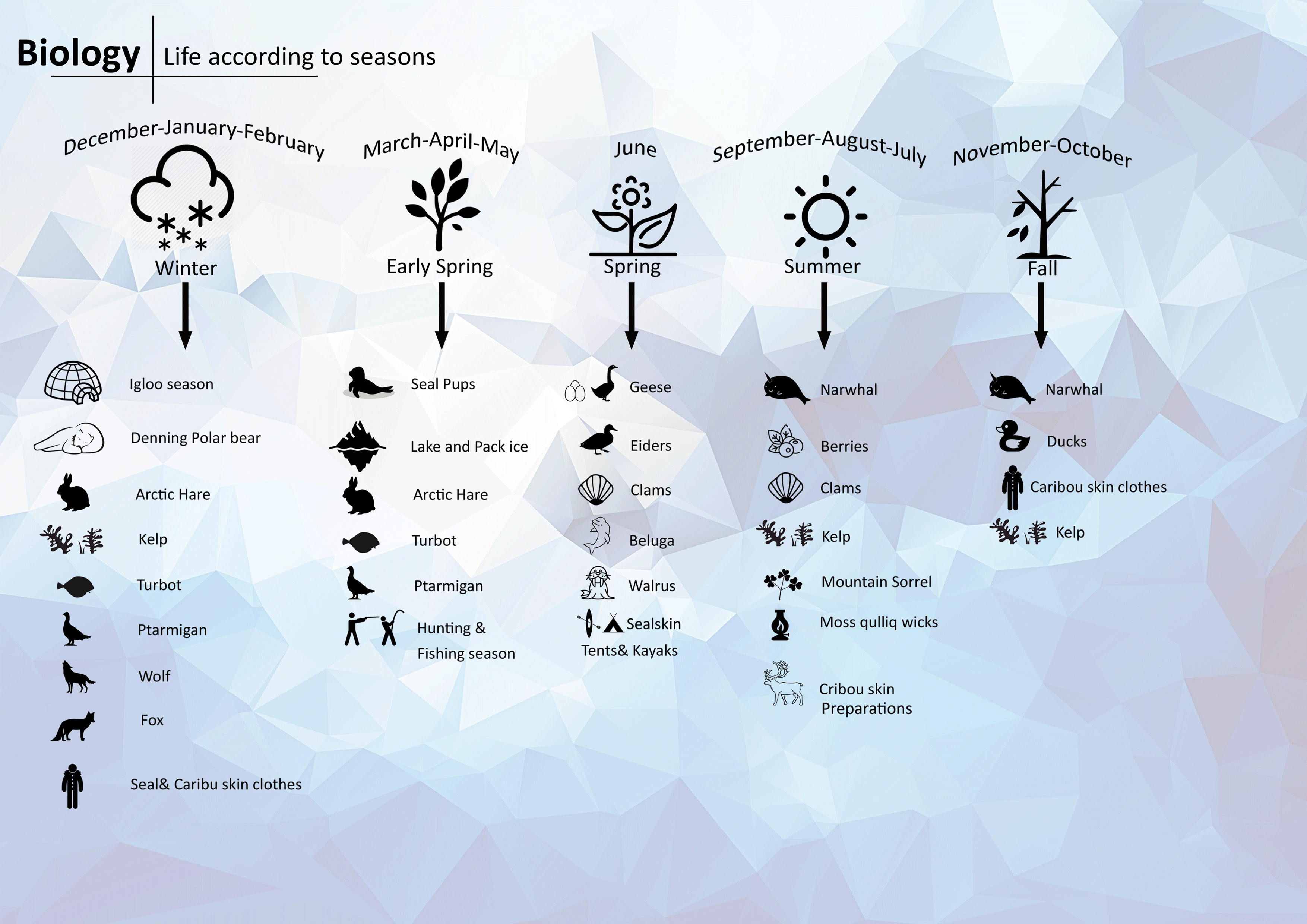
Exchange program //4th year
The contours of geographic delimitation to the south of the Mediterranean have become in recent years a scenario of intense and disorderly human activity as a result of processes of demographic, political, economic or climatic expulsion.
This phenomenon is particularly severe in the case of Melilla, which has acquired the status of a migrant terminal, with human groups held in extremely uncertain waiting times.
Even when people succeed at passing the border, they are held in really bad conditions, not knowing what is their destiny and future.
Universidad Politécnica de Madrid

Exchange program //4th year
The contours of geographic delimitation to the south of the Mediterranean have become in recent years a scenario of intense and disorderly human activity as a result of processes of demographic, political, economic or climatic expulsion.
This phenomenon is particularly severe in the case of Melilla, which has acquired the status of a migrant terminal, with human groups held in extremely uncertain waiting times.
Even when people succeed at passing the border, they are held in really bad conditions, not knowing what is their destiny and future.
Universidad Politécnica de Madrid

Exchange program //4th year
The contours of geographic delimitation to the south of the Mediterranean have become in recent years a scenario of intense and disorderly human activity as a result of processes of demographic, political, economic or climatic expulsion.
This phenomenon is particularly severe in the case of Melilla, which has acquired the status of a migrant terminal, with human groups held in extremely uncertain waiting times.
Even when people succeed at passing the border, they are held in really bad conditions, not knowing what is their destiny and future.

Exchange program //4th year
The contours of geographic delimitation to the south of the Mediterranean have become in recent years a scenario of intense and disorderly human activity as a result of processes of demographic, political, economic or climatic expulsion.
This phenomenon is particularly severe in the case of Melilla, which has acquired the status of a migrant terminal, with human groups held in extremely uncertain waiting times.
Even when people succeed at passing the border, they are held in really bad conditions, not knowing what is their destiny and future.
Melilla, Spain
Melilla, Spain
Muna Naccache
Muna Naccache
Extreme climate //4th year
The building reconnects the lost connection between Inuits and their rich tradition. It serves the hunters, which is their ending or starting point of the hunting journeys, as it’s the only way to survive since history in the Arctic and its extreme climate.
The functions serve the hunters and the Inuit women to produce different products other than food in order to survive, such as clothes, games and more.
According to Inuit beliefs, it’s necessary to use every part of the animal after hunting, to show respect by using every part of it.
A lot of tourists visit Iqaluit every year, but most of them are not aware of the local tradition and their special way of life.
So, the building also serves as a platform of interaction between locals and tourists, to pass on their tradition and knowledge to different communities.
Iqaluit, Nunavut

Canada
Personal experience

Infinite white

Arctic plants- growing only on rocks

Frozen


Traditional typology VS. "Modern"

TAU& Technion group picture under the Inuit monument: the whale's bone structure.

Back to our summer clothes- "Under the white blanket" project- collaborated with Daniel Bahary& Niv Boosy.
Research- Biology
Every student had to choose a research field to learn more about the arctic climate, in addition to design, material and details inspiration.
I chose biology.

The problem
The Inuits went from the nomadic company into permanent structures, and Many of them had difficulties maintain their rich tradition.
Local tradition: 100 years ago Inuits lived in autonomous nomadic groups that depended on hunting and fishing.

Concept
In order to preserve their traditions, we designed a center to spread their knowledge with tourists and maintain their traditional work and art.
The building will serve traditional Hunters as starting or ending point of hunting journeys.

Typology research
Traditional Igloos using Local materials, to protect from the extreme weather.
The openings in the building inspired by local natural openings- Caves, ice, topography and igloos.

Context research
The decision was to locate the building at the original hunter's path.


Context section
Conceptual sketch
The building is designed according to the journey that the hunters experience- from start to end.
We divided each part of this journey into different spaces, that is designed according to different functions which combines the whole journey.
the circulation of the building is divided into two different paths: hunters &visitors.
Visitors have linear path through all function of the building, so they can also experience the journey.

Space spirit
The space’s design according to different functions of the hunter’s journey.

Building layers
On top of the individual functions, we covered the different spaces with a "blanket" so we can create a gradual micro climates.

Climate
As a result of the extreme climate, the harbor can be exposed or be hidden. the building's design and functions reacts to those changes.

Floor plans
The Hunters start their journey from the city - through the building, gathering the equipment need, and the sled dogs, eventually to go out to hunt.

The traditional craftsman uses the products to create beautiful art while using different rooms for specific processing.
Visitors are going through the building, experiencing all processes of the traditional knowledge of the Inuits.
Functions
The functions serves the hunters and inuit woman to produce different products other than food - such as clothes, shoes and jewelry.
According to Inuit beliefs; it is necessary to use every part of the animal after hunting, to respect his death.

Sections






Details




